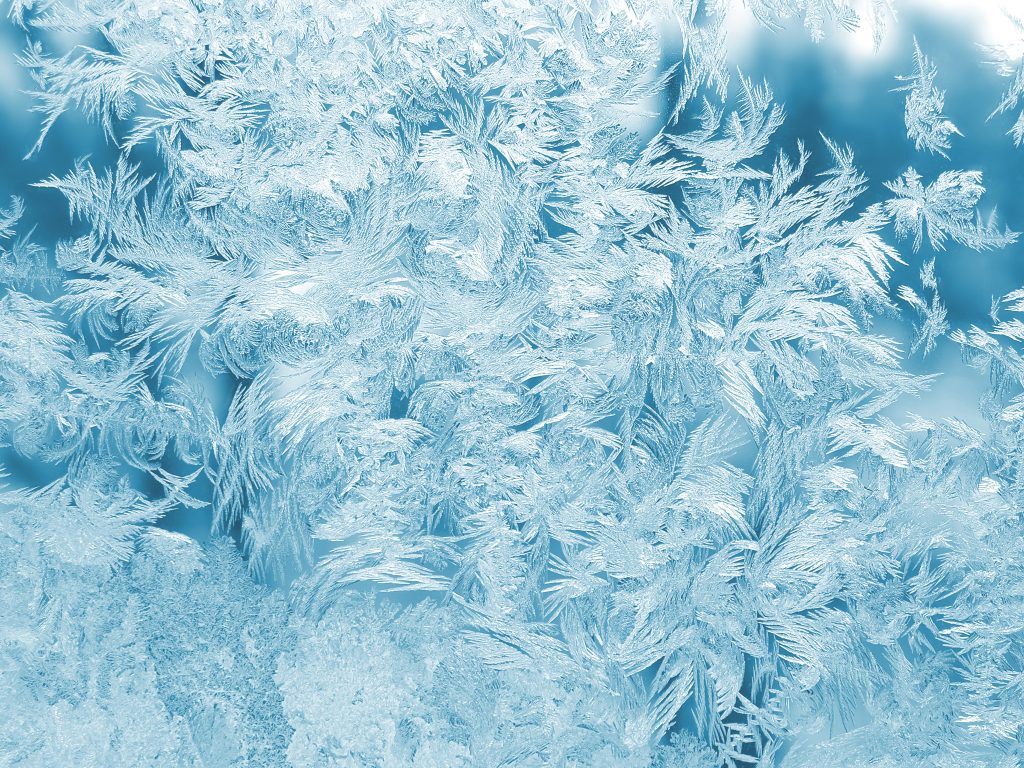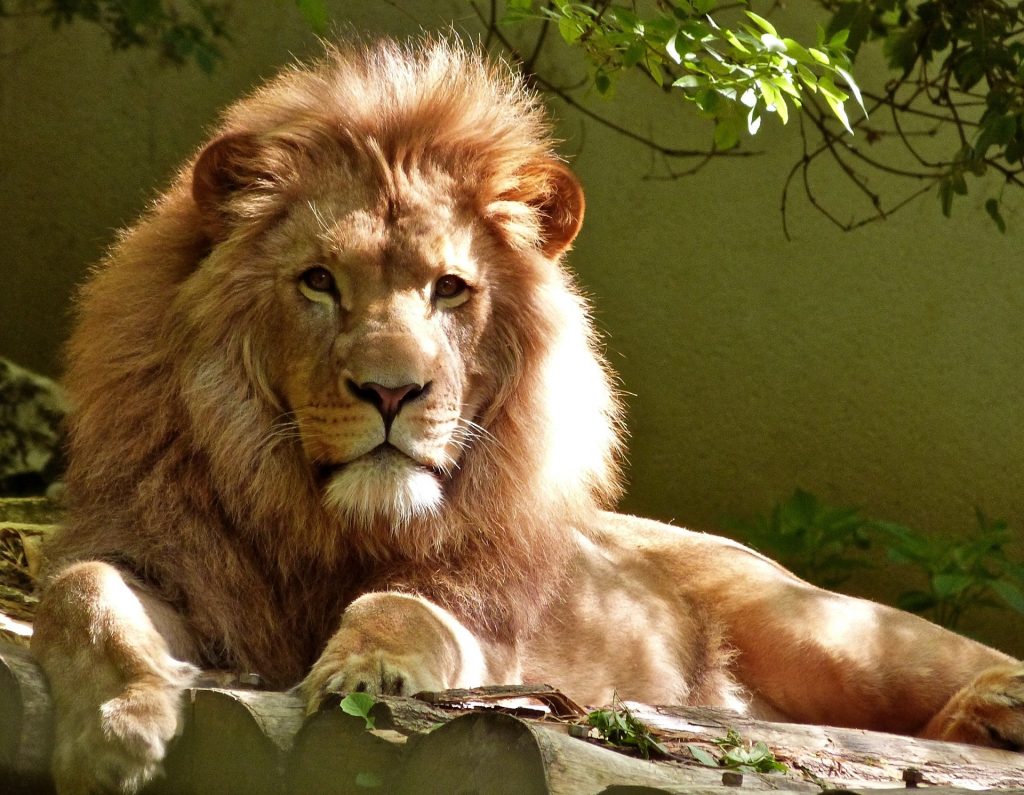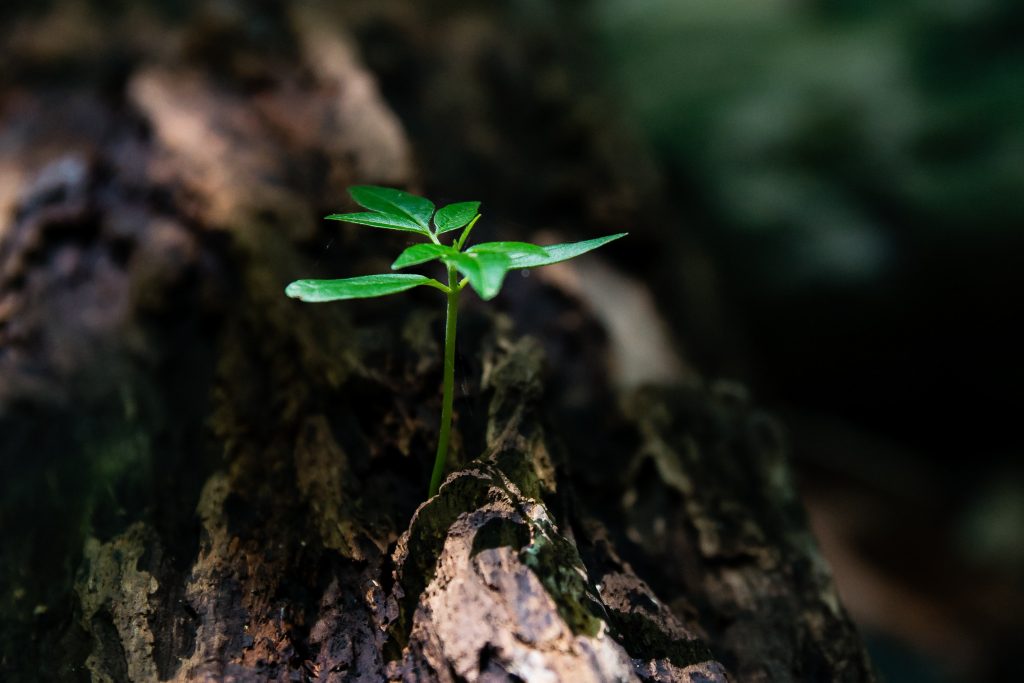Ok, so we grappled a bit with Doṣa as a whole, so now let us look at each one individually to better understand its function and how to engage with it. We’ll begin with Vāta because it is often called the King of Disease as well as Yama Raja – the King of Death (Ca. Su. 12), so it’d be nice to know how to assuage that intensity, don’t you think?!

If you’d like a review of last week’s conversation, before reading on, here is the link to the blog covering Doṣa generally as well as the recording of the live lecture.
What is Vāta Anyway?

Vāta is defined in the Caraka Samhita (Su. 1.57) as one of the pathogenic factors of the body. (The others are Pitta, Kapha, Rajas, and Tamas). They are ameliorated by therapies based in…scriptural knowledge, patience, memory, and meditation (Ca.Su.1.58)
Vāta is both known by its guṇas (qualities) and actions (karmas).
Its guṇas are : rough, cool, light, subtle, mobile, dry/non-slimy, course and is reconciled by substances having the opposite qualities. (Ca.Su.1.59).
This means that if a person experiences the qualities of Vāta in their body, (which they will know because these guṇas will be common in their daily experience), then if they continue to take in these qualities, it will certainly aggravate the King. And, conversely, taking in qualities that are opposite to those of Vāta, will soothe the Raja.
This also implies that if a person takes in qualities that have the guṇas of Vāta, they will experience those guṇas. So, if someone eats ice cream, they will become cold. Seems simple at first, no?!
The Process of Sāmānya

Sāmānya means similarity. Due to the process of Sāmānya, things that are similar will increase those same qualities in whatever they are paired with. We experience this all the time – this is why, over time, our dogs start to look like us 🙂 The opposite is also true. By the process of Viśeṣa, differentiation, it decreases similarity.
Some may be familiar with the phrase, “like increases like, and opposite balances.” These are the terms for that which is shared in many places, but one is Ca.Su.1.62, “The curable diseases are cured by medicines possessing opposite qualities when administered with due regard to place, dose, and time.”
When is Vāta Most Present?

Vāta is most present in our lives at any transitional period. This could be when we are between jobs, partners, between seasons, between times of day, travel, when we are just waking up, and just falling asleep, right after giving birth etc.
It will also be most active any time the guṇas of Vāta are strongly present. So, in dry climates, cold climates, after rough conversations etc. Seasonally this is in Summer time – but Vāta is always ready to be irritated – it is the King after all – so there is no “off-season” for Vāta.
You can figure this out on your own by considering the qualities of the place you live and how you experience the seasons. For example, Winter aggravates Vāta because it is cold and in some parts of the world, also dry.
Vāta is also present at the end stages of digestion, at the end stages of the day/early morning hours, and the end third of life.
What does this mean for us?
It means that during all of these times, we need to be mindful of the guṇas of Vāta and make sure that we are not increasing their presence in our lives with our activities and general choices.
What Does Vāta Rule?

Though Vāta technically is in charge of all sensory function, each of the elements that we discussed last week relates to a particular sense. So, naturally, the ones that are governed by Air and Space will be linked most closely to Vāta in particular.
Thus, Vāta is in charge of the senses of Hearing and Speech as well as Touch. (Ca.Su.8.8)
Vāta is also in charge of all actions of the body that are guided by Prāṇa. So, therefore, digestion is controlled by Vāta. If the Vāyus (the directions that Prāṇa travels) are out of balance, the functions of the body will degrade – hunger and digestion will cease and the guṇas of Vāta will mount in the body. Vāta also controls the ability of coordination – speech, reaching for something, walking somewhere – and all bodily functions and urges – the ability to sneeze, cough, and go to the bathroom are all controlled by Vāta.
In Aṣṭhañga Hṛdaya Su. 11, Vāta is described to control :
– Enthusiasm (especially upon waking)
– Inhalation/Exhalation
– All Waste Disposal/Urges
– All Sensory Function
– All Tissue Function
– Subtle Absorption in the Body

Where Might We Find Vāta in the Body?
Vāta accumulates in its home site of the colon (Pakvaśaya), the waist (the Kati), the thighs (Uru), the ears (Karna), the Bones (Asṭhi), and the Skin (Tvak). It is also visible in the nails (Naka) and Hair (Loma) because they are bi-products of Bone tissue.
This indicates that there is a direct correlation between bone health and colon health. If the colon is afflicted by Vāta for too long, it will diminish the health of the bones which will be visible in the nails and hair. All will show the guṇas of Vāta. The reverse is also true.
Also, FYI, this is a great example of how guṇas are applied to the practice of Āyurveda.

What Can We Take from This?
Hopefully, it is beginning to become clearer why it is not so ideal to identify with a Doṣa. Under those parameters, a “Vāta type” would constantly suffer from issues of the bowels, the bones, speech, the senses, breathing etc. Their hair might be dry, brittle, and thin – as would their skin and nails. No one really would want to accept this as “the way things are.”
So, when you start to notice the guṇas of Vāta creeping up in your life, even in the smallest way, it is time to assess the things you are doing, eating, and drinking. If any of them contain qualities that are similar to Vāta, the best course of action is to stop consuming those things and then start consuming things with opposite qualities.
We don’t’ need to be a “Vāta person” to do this either. We are all affected by seasons, by unprecedented life circumstances, by the place where we live, by travel, and by aging. Vāta will increase in all of us over time, so it is useful to become friends with it and learn how to appease this wild King.
Best Practices to Honor Vāta’s Dominion

- Always follow urges – never suppress them. If you need to use the bathroom, do not wait. If you need to cry, cry.
- Eat warm food and drinks that are not dry as a general habit, but especially when traveling, in difficult times, and when in later years of life.
- Get proper sleep
- Turn your senses off – do not overuse them
- Practice Yoga Asana or Martial Arts which are designed to restore the proper direction of the flow of Prāṇa (thus balancing and soothing Vāta)
- Practice Breathing Exercises and Meditation
- Eat, Drink, and Act according to Season, where you live, your present strength, and Age

The Value of Lifespan
In Caraka Sūtrasthāna.30.25, we learn that the Lifespan (Āyus) is understood by the balanced relationship between the senses (Indriyas), the mind (Manas), the discerning principle (Buddhi), and the chosen activities (Ceṣṭā) of the person.
This, is finally how Prakṛti is utilized in Āyurveda. At conception when the Deha Prakṛti (body’s constitution) is determined, there is a fixed amount of Āyus (Lifespan) attached to it. However, it is not measured by years or time, but rather by the use of Prāṇa relative to the choices of the person. So, since none of us really will ever know our actual Prakṛti, we are directed – by both Yoga and Āyurveda – to engage in activities that preserve and extend the life.
This is why breath is extended in Prāṇāyama, why in Asana we move slowly, why we eat slowly and live seasonally – we are trying to extend our Prāṇa to extend our lifespan. All to assuage the pull of disorder that Vāta rules so well.